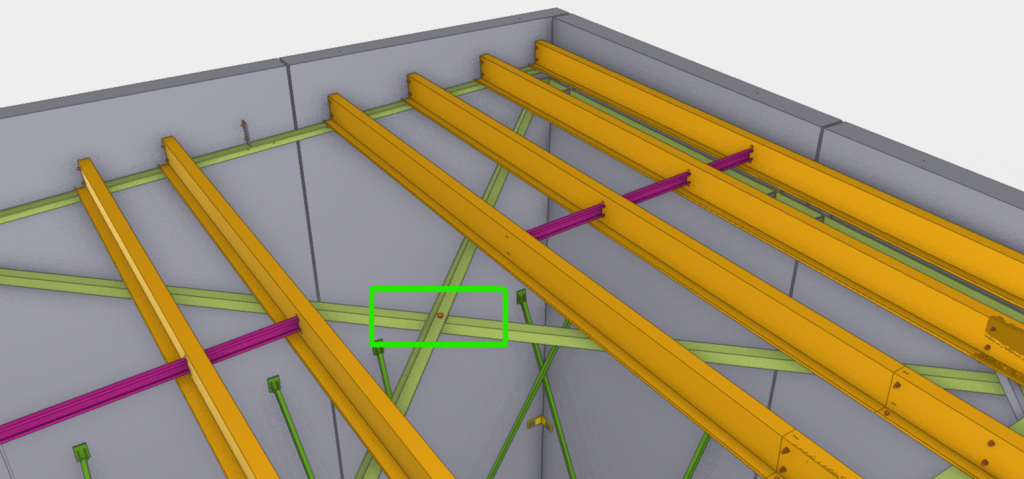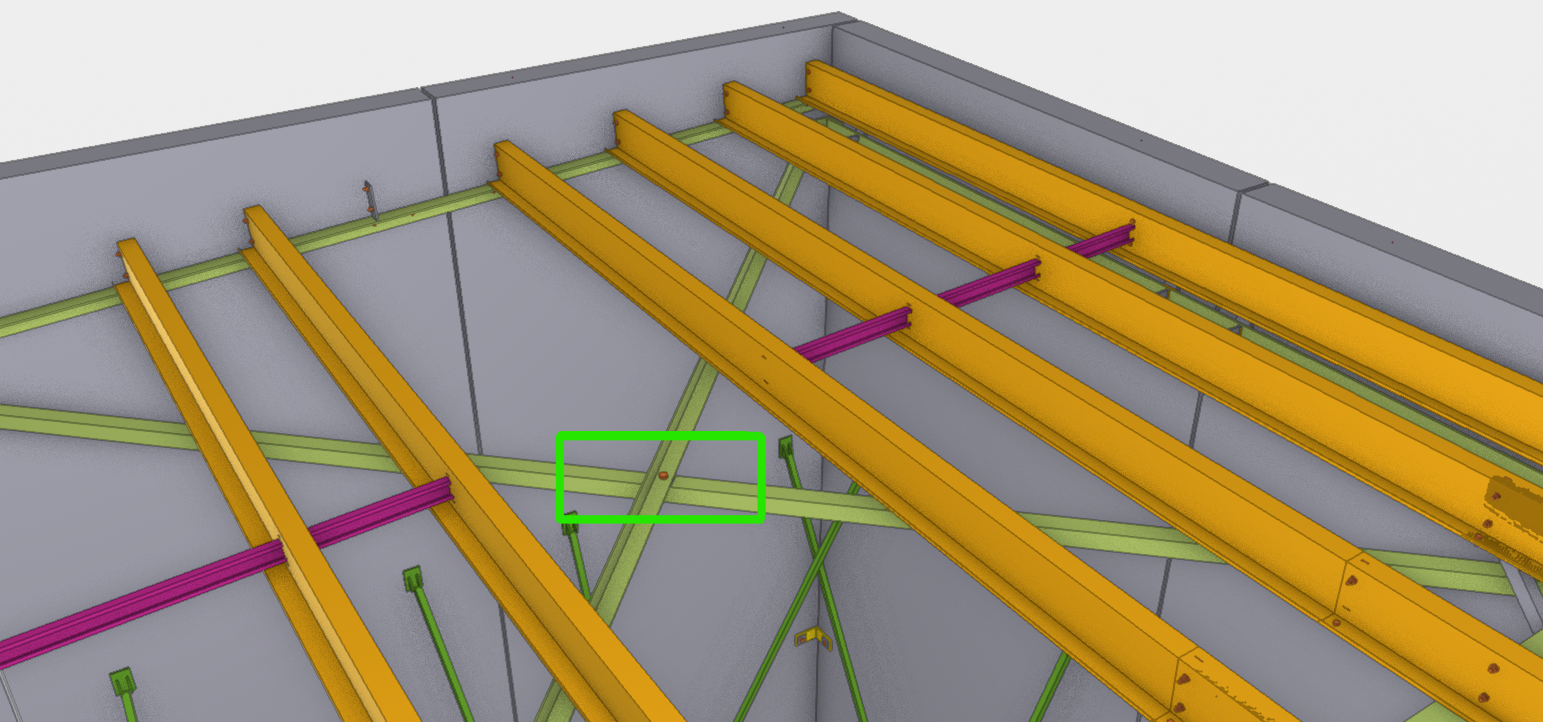The Issue
- One common problem during steel erection is the incorrect orientation of bracing.
- The correct orientation is bracing toes facing uphill.
- When bracing is installed the wrong way, it must be taken down, rotated, and reinstalled—wasting time and increasing risk at height.
Best Practice Solution
- Model braces with toes facing uphill
- Provides a clear reference.
- Reduces ambiguity for riggers.
- Review vertical leg positioning during detailing
- Show correct orientation in shop drawings and models.
- Integrate checks into workflows
- Add bracing orientation to erection checklists.
Benefits
- Efficiency: No wasted rework.
- Safety: Fewer adjustments at height.
- Consistency: Standardised practice across projects.
Takeaway
Standardizing bracing orientation and vertical leg position is a small design decision that prevents major site issues.



Leave a Reply